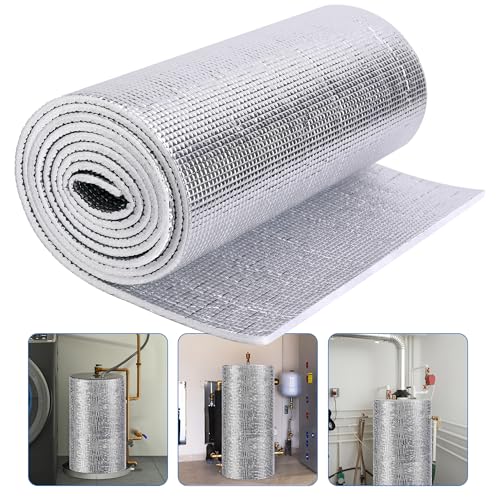I can't figure out what's making a garbage-y odor from my kitchen sink drain. One side has an Insinkerator disposal, and the other (the main drain) is a regular one. We don't have a dishwasher.
When the odor first appeared, I checked the disposal for slime and grunge, and there wasn't any.
There are no clogs, and the drains are running normally.
At this point, everything in and around the sink has been scrubbed, including the dish draining racks, even though the odor wasn't really coming from them.
The odor isn't coming from under the sink. It can't be smelled there, and the area is dry.
Could the odor be coming from the actual disposal?
When the odor first appeared, I checked the disposal for slime and grunge, and there wasn't any.
There are no clogs, and the drains are running normally.
At this point, everything in and around the sink has been scrubbed, including the dish draining racks, even though the odor wasn't really coming from them.
The odor isn't coming from under the sink. It can't be smelled there, and the area is dry.
Could the odor be coming from the actual disposal?

























































